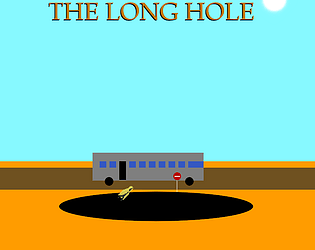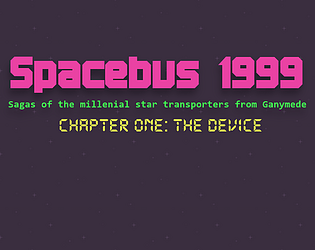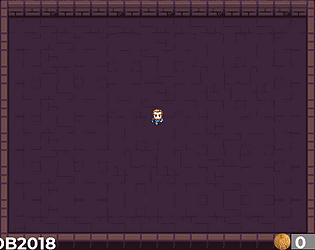Ran this at an indie rpg club meeting for halloween. I loved it, and I think the other players had a good time. The one player who chose the Nihilist drive struggled, though, and it was mainly because we couldn't really figure out how that drive is supposed to work-
- Do you gain 2 thirst every moment no matter what? That seems bad because it means there are moments where your approach and conception of the scene do not matter because you'll need to immediately break off the moment for reaching 5 thirst. That's not fun and it disincentivises the player from engaging with creating a moment they know isn't going to matter. Playing it this way really made the Nihilist player very disheartened because we had a limited number of moments in the time permitted and she was conscious that for a given one of those moments her input into what the moment should be basically did not matter at all because her character would have to leave immediately after arriving.
- Is 2 your thirst "floor"? If so, does the Nihilist vampire always reset to 2 thirst when they break off? Or do they progress in thirst normally but have 0 or 1 thirst replaced with 2 for the purposes of moments?
- Do you always start a moment with 2 thirst regardless of your previous value, and can only ever be made to break off by a +3 thirst roll outcome? This would be very cool, and fit with the characterisation of a vampire who doesn't restrain themself in the way others more concerned with ambition do, but it's not really well-conveyed by the text and we couldn't really justify that being what was meant.
I know this game was released a long while ago now, but that was more or less our only big problem with it and I really enjoyed it, so I would love some clarification on how that drive in particular is meant to work.








